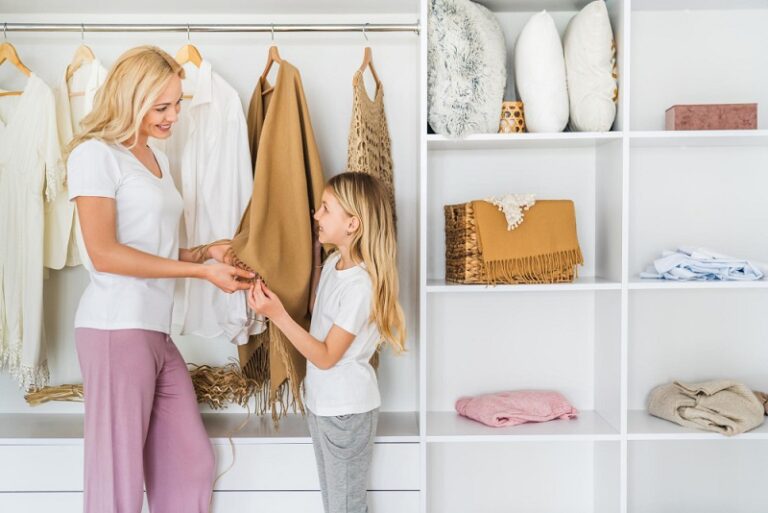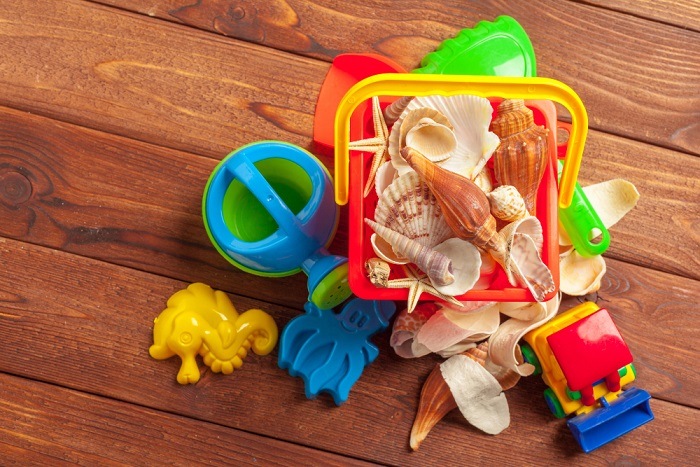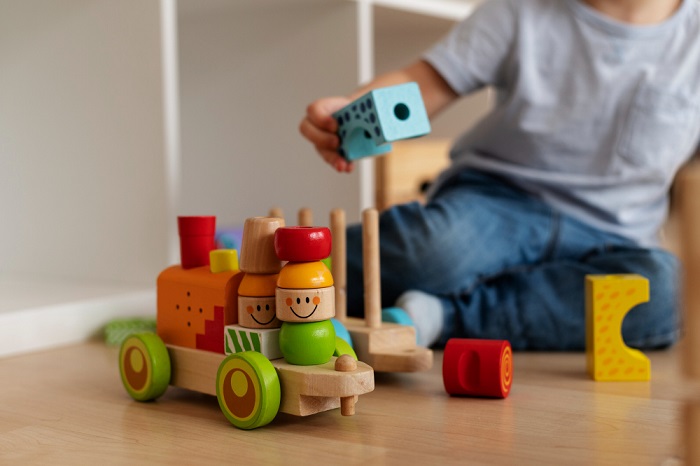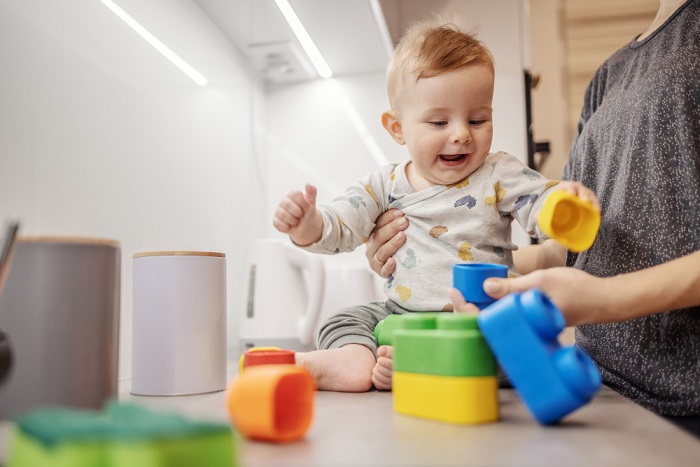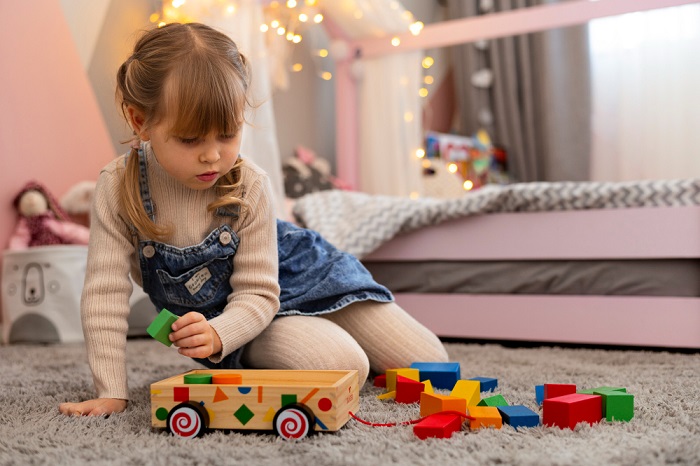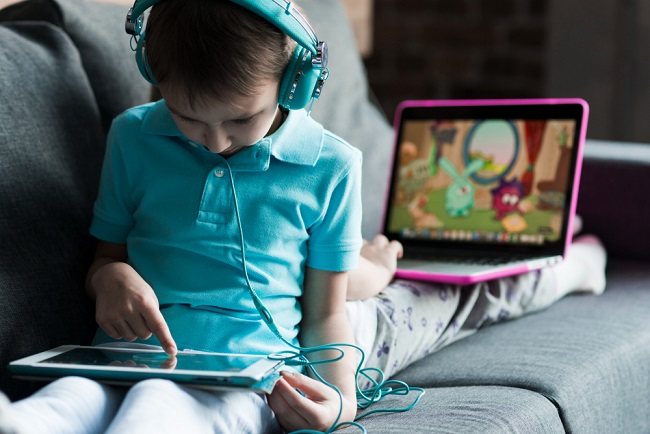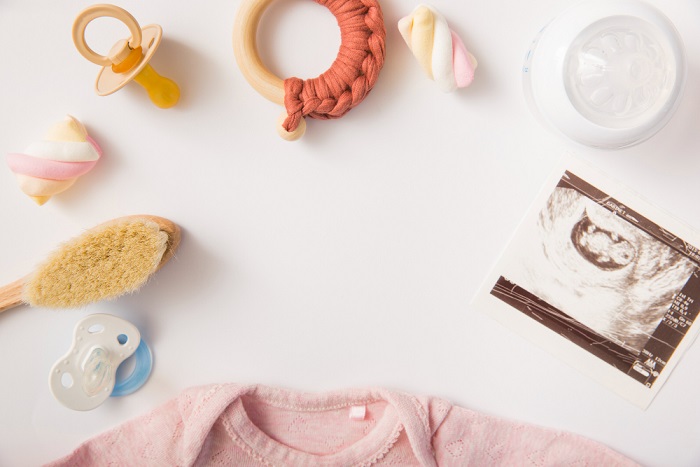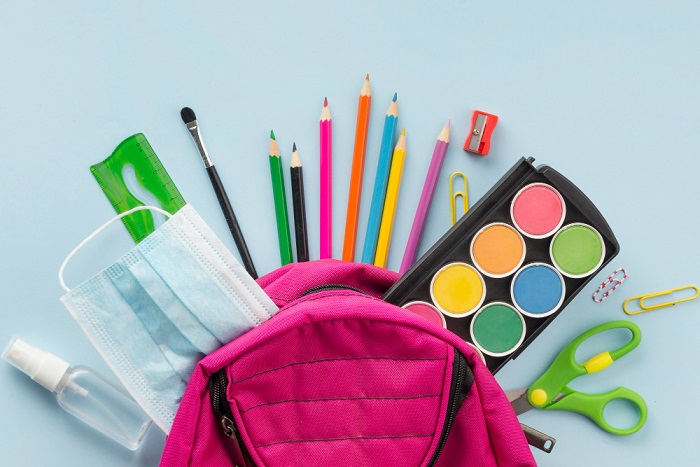As a mom, it’s easy to get caught up in the chaos of daily life and let your wardrobe take a backseat. However, with a few simple tips and tricks, you can elevate your mom wardrobe and create fabulous looks that are both stylish and practical. From embracing timeless classics to incorporating trendy pieces, here are 10 ways to make your mom’s wardrobe look fabulous.
Invest in Quality Basics:
Building a fabulous mom wardrobe starts with investing in high-quality basics that serve as the foundation for your outfits. Opt for classic pieces such as a well-fitting pair of jeans, a crisp white shirt, a tailored blazer, and a versatile little black dress. These timeless staples can be mixed and matched to create countless stylish looks for any occasion.
Add Statement Accessories:
Accessorizing is the key to elevating your mom wardrobe and adding personality to your outfits. Invest in statement accessories such as bold necklaces, oversized earrings, and colorful scarves that can instantly transform even the simplest of looks. Don’t be afraid to experiment with different textures, colors, and styles to make a statement and showcase your personal style.
Mix and Match Patterns and Textures:
Don’t shy away from mixing and matching patterns and textures to add visual interest to your outfits. Pair a striped top with floral pants or a plaid skirt with a polka dot blouse for a fun and eclectic look. Experiment with different combinations to find what works for you and don’t be afraid to step out of your comfort zone.
Play with Proportions:
Playing with proportions is a great way to create visually interesting outfits that flatter your figure. Pair oversized sweaters with slim-fitting pants or skirts for a balanced silhouette, or tuck a flowy blouse into high-waisted trousers for a more defined waistline. Mixing different proportions adds dimension and depth to your look, making it more dynamic and stylish.
Layer with Purpose:
Layering is not only practical for unpredictable weather but also adds depth and dimension to your outfits. Experiment with layering different pieces such as cardigans, jackets, scarves, and vests to create stylish and versatile looks. Play with lengths and textures to add visual interest and create a cohesive ensemble that reflects your personal style.
Embrace Statement Outerwear:
Make a statement with your outerwear by investing in stylish coats and jackets that add personality to your outfits. Opt for bold colors, interesting textures, and unique silhouettes that stand out and make a statement. A statement coat or jacket can instantly elevate even the simplest of outfits and add a touch of glamour to your mom wardrobe.
Incorporate Trendy Pieces:
While timeless classics form the foundation of your mom wardrobe, don’t be afraid to incorporate trendy pieces to keep your look fresh and modern. Experiment with the latest trends such as statement sleeves, animal prints, or wide-leg pants to add a contemporary touch to your outfits. Just remember to balance trendy pieces with classic staples for a cohesive and stylish look.
Dress Up Your Denim:
Denim is a versatile and essential component of any mom wardrobe, but that doesn’t mean it has to be boring. Dress up your denim with elevated styling and accessories to create chic and sophisticated looks. Pair jeans with a blouse and heels for a casual yet polished ensemble, or layer a denim jacket over a dress for a trendy and effortless look.
Opt for Comfortable Footwear:
Comfortable footwear is a non-negotiable for busy moms on the go. Invest in stylish yet comfortable shoes that provide support and cushioning for all-day wear. Look for options such as ankle boots, loafers, or fashion-forward sneakers that combine style and functionality. Comfortable footwear allows you to stay chic and fabulous without sacrificing on comfort or practicality.
Confidence is Key:
Above all, confidence is the most important accessory you can wear. Own your style choices with confidence and embrace your individuality. Whether you’re rocking a bold statement necklace or trying out a trendy new silhouette, wear it with confidence and pride. Remember that true style comes from within, and confidence is the ultimate secret to looking fabulous in any outfit.
Conclusion:
In conclusion, making your mom wardrobe look fabulous is all about embracing timeless classics, experimenting with trends, and showcasing your personal style with confidence. By investing in quality basics, adding statement accessories, mixing and matching patterns and textures, and embracing trendy pieces, you can create stylish and versatile outfits that reflect your unique personality and lifestyle as a mom. So go ahead, elevate your mom wardrobe and show the world just how fabulous you can be!
